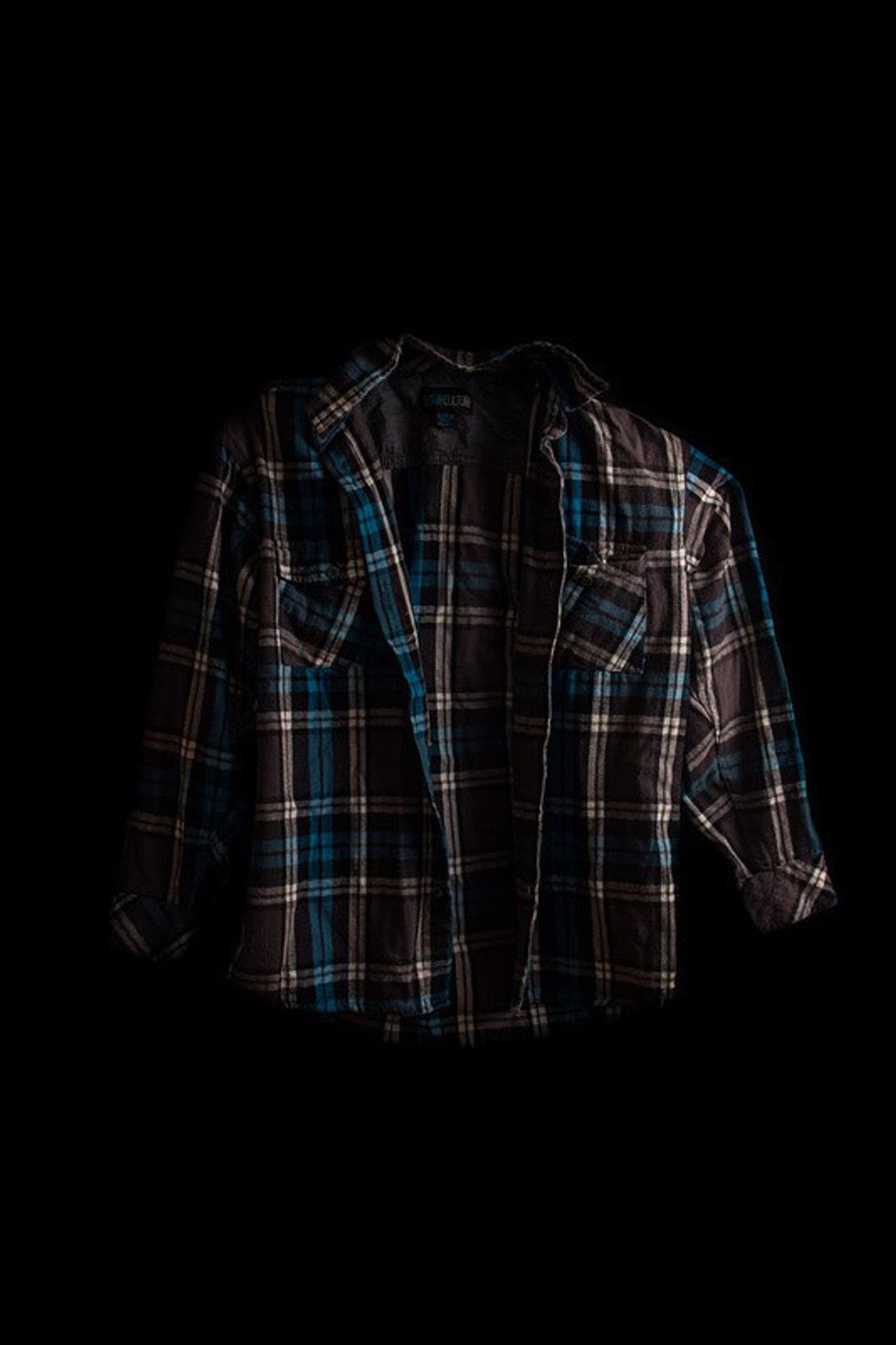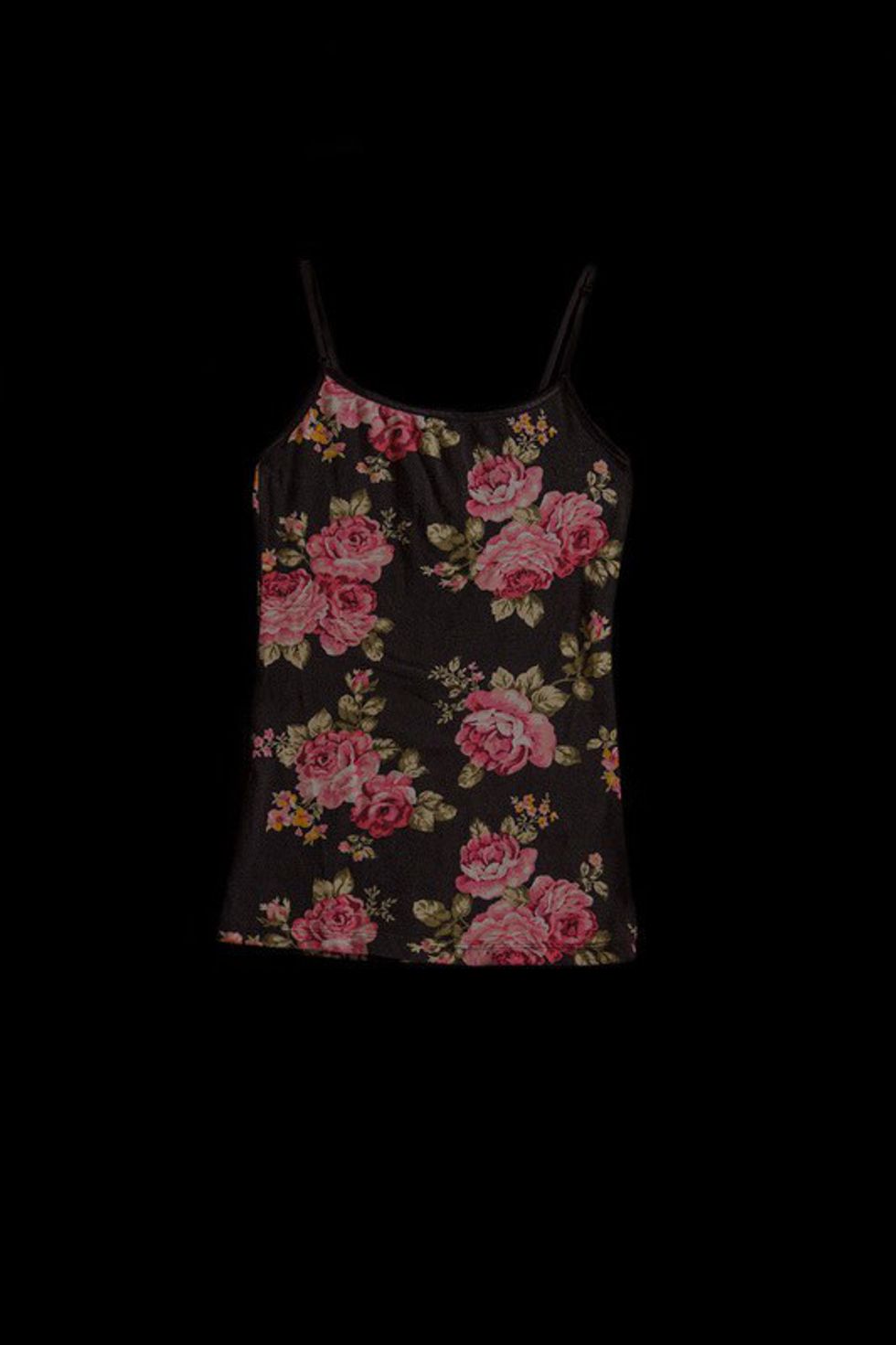"Well, what were you wearing?"
It's an offensive question that, unfortunately, rape victims everywhere still have to answer after their assault. However, one college student is looking to radically change the way we think about sexual assault and how we treat it's victims.
For her thesis project at Arcadia University, photography major Katherine Cambareri decided to challenge the idea that revealing clothing promotes sexual assault. Her project, "Well, What Were You Wearing?" takes the stereotype and turns it on it's head. Cambareri put out a call on Facebook to anyone who had experienced an attack in the past, and wanted to share a pieces of their story with the world. The photo series, which currently showcases 15 outfits, was created from pieces of clothing that survivors were wearing at the time of their attacks. The pieces range from a simple white t-shirt to a colorful flower necklace. Some photos from the series can be seen below:
On her website, Cambareri explained some of her motives behind the creation of the series.
"I decided to document," Cambareri said, "what victims wore at the time they were assaulted to show that there is no type of clothing that causes assaults to occur. There is no size. There is no body type."
In an interview with Break the Cycle, the artist explained her connection with the volunteers fueled her desire to accurately represent each of their stories through her work: "They're trusting me," she noted, "to use their clothing in a positive way. Everyone that's participated so far has been an acquaintance of mine and that goes to show what a large problem this is. As a person, it makes me realize that so much needs to be done in terms of prevention; we need to stop stereotyping and surrounding sexual assault with so many stigmas."
Cambareri also wants to continue debunking sexual assault myths after her graduation, and hopes that the photo series will make viewers feel "uncomfortable." She hopes to continue the project after leaving Arcadia University, and wishes to continue smashing the question of what sexual assault survivors were wearing. To see more of her work, the complete project can be viewed on her website.
If you have been a victim of sexual assault, visit the National Sexual Assault Online Hotline operated by RAINN. For more resources, visit the National Sexual Violence Resource Center's website.











































